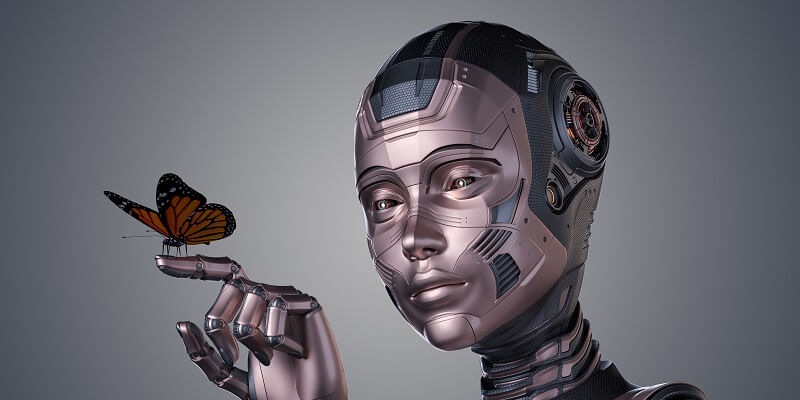Artificial Intelligence (AI) has become an integral part of our daily lives, with its influence expanding rapidly in recent years. From various aspects of our work to our personal lives, AI is now present nearly everywhere we turn. As such, it’s crucial that we as humans ensure that these algorithms and machines function in a way that is ethical, empathetic, and compassionate, as these traits are essential to who we are. In this article, we’ll explore the idea of incorporating human emotions into AI development and examine why doing so might be critical to creating a sustainable and humane future.
The Need for Empathy and Compassion in Robots
One possible solution to creating ethical and empathetic AI is to code more humanity into robots. According to one author, the way to accomplish this is by gifting robots with traits such as empathy and compassion. Doing so would ensure that robots could better understand human emotions and be better suited to interact with us. The potential benefits of creating robots with these qualities are immense, as it is likely that many robots will fill critical roles in the future, such as assisting doctors or caring for the elderly.
“Robot Souls” book by Dr. Eve Poole OBE
In an upcoming book called “Robot Souls,” writer and academic Dr. Eve Poole OBE explores the idea that the solution to society’s conundrum about how to ensure that AI is ethical lies in human nature. Poole argues that in our quest for perfection, we have stripped humans of key traits such as emotions, free will, and a sense of purpose.
Without these traits, AI risks reproducing human errors and biases, perpetuating prejudiced beliefs and unfairly discriminating between different groups or individuals. Poole argues that emotions are integral to human flourishing and may be key to ensuring that robots can create a sustainable and humane future.
Importance of Incorporating “Junk Code” into AI
The “junk code” that Poole refers to is anything but useless. Instead, it’s what makes us human and promotes the kind of reciprocal altruism that keeps humanity alive and thriving. With AI increasingly emerging as a decision-making tool in our daily lives, there are rising concerns about bias and discrimination in AI algorithms.
When AI algorithms make mistakes, they can endanger lives and cause irreparable damage to individuals and communities. In turn, incorporating “junk code” into AI may hold the key to ethical and impartial AI that optimizes our collective well-being, rather than perpetuating harm and exclusion.
Next steps for creating empathetic and ethical robots
Poole suggests several next steps to make the integration of human emotions into robots a reality. One key step is to agree on a rigorous regulation process for AI development and use. This will help identify areas where AI may have ethical impacts and determine the best practices to ensure transparency, accountability, and trustworthiness.
Another crucial step is an immediate ban on autonomous weapons, as their life-and-death decisions should be reserved for human decision-makers. We must also establish criteria for legal personhood and develop a roadmap for AI to attain it, providing a framework that aligns AI with our human values, ethics, equity, and justice.
In conclusion, we have explored the idea of incorporating human emotions into AI development. As AI continues to gain new capabilities and become embedded in ever more aspects of our lives, it is critical that it be programmed to behave ethically, empathetically, and with compassion. By adding “junk code” to AI, such as emotions, free will, and purpose, we can ensure that the technology works for us, and not against us. As we move forward, we must consider how we can best integrate these qualities into AI and continue to explore what other contributions these “junk code” traits can make beyond the realm of AI.

